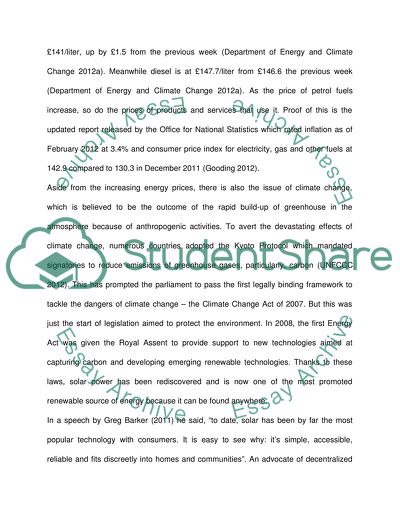Cite this document
(“Solar Energy Power (Photovoltaic Systems) Dissertation”, n.d.)
Retrieved from https://studentshare.org/engineering-and-construction/1396648-solar-energy-power-photovoltaic-systems
Retrieved from https://studentshare.org/engineering-and-construction/1396648-solar-energy-power-photovoltaic-systems
(Solar Energy Power (Photovoltaic Systems) Dissertation)
https://studentshare.org/engineering-and-construction/1396648-solar-energy-power-photovoltaic-systems.
https://studentshare.org/engineering-and-construction/1396648-solar-energy-power-photovoltaic-systems.
“Solar Energy Power (Photovoltaic Systems) Dissertation”, n.d. https://studentshare.org/engineering-and-construction/1396648-solar-energy-power-photovoltaic-systems.


